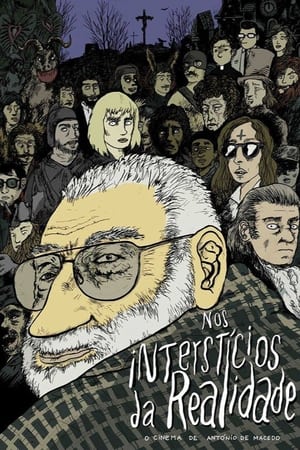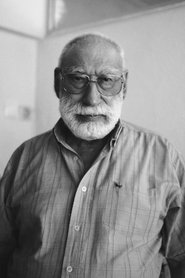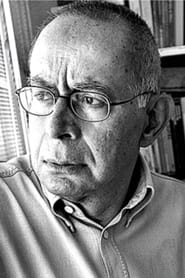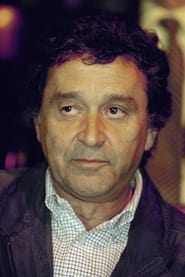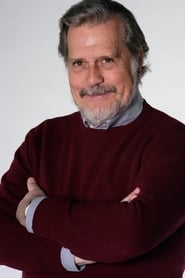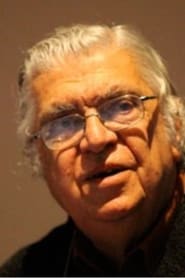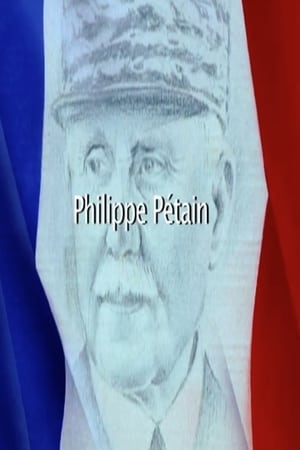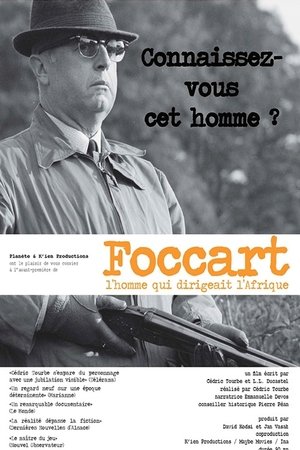
In the Interstices of Reality or The Cinema of António de Macedo(2016)
Does anyone remember the architect António de Macedo?
He was the most prolific within the New Portuguese Cinema generation. He would try western spaghetti, esoteric allegory, supernatural, and science-fiction. Without state subsidies, he would quit filmmaking in the 1990s. Who remembers António de Macedo?
Movie: In the Interstices of Reality or The Cinema of António de Macedo
Top 10 Billed Cast
Self
Video Trailer In the Interstices of Reality or The Cinema of António de Macedo
Similar Movies
Theater Dark Video Magazine(en)
A video magazine centered around horror films.
 8.0
8.0Bricks!(en)
In 1976, the Tate Gallery exhibited an experimental artwork that became a national sensation - Carl Andre's Equivalent VIII, or, to its detractors, 120 bricks laid on the floor. This documentary explores the origins of Andre's work and the extraordinary fallout from its exhibition.
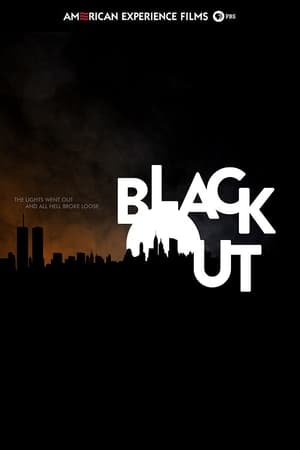 6.8
6.8Blackout(en)
First responders, journalists, shop owners, those inside the pressure-packed control center of Con Edison on West End Avenue, and other New Yorkers tell about what happened when the lights went out on July 13, 1977.
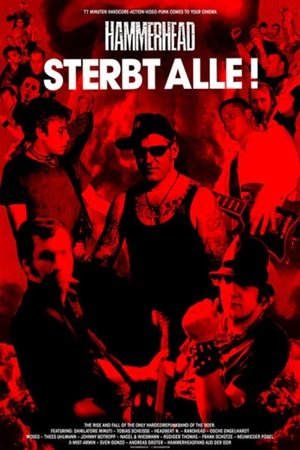 8.0
8.0Hammerhead - Sterbt alle!(de)
Tells the story of the "only true hardcore punk band of the 90s" - HAMMERHEAD. This film is an attempt to approach a band that seems to have always been a mystery to some.
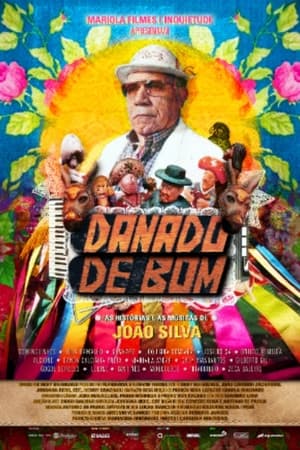 5.0
5.0Danado de Bom(pt)
Born in Arcoverde, in the backlands of Pernambuco, the lonely boy who was raised by his father after his mother left, João Silva soon discovered a passion for the northeastern rhythms, such as the baião, xote and forró. He went to Rio de Janeiro when he was still a little boy to meet the idol Luiz Gonzaga. Both men, who were not very fond of each other when they first met, became not only great friends but also partners in many hits like “Doutor do Baião”, “Nem se Despediu de Mim” and “Pagode Russo”.
 0.0
0.0Polanski Meets Macbeth(en)
A 1971 documentary by Frank Simon featuring rare footage of the film’s cast and crew at work.
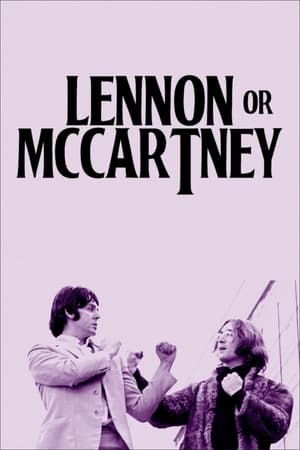 5.3
5.3Lennon or McCartney(en)
550 artists were interviewed over ten years. At some point during those interviews, they were asked a question and told to answer with one word only. Some stuck to one, some said more, some answered quickly, some thought it through, and some didn't answer at all. That question… Lennon or McCartney?
Run Wrake's Guide to Animation(en)
Run Wrake is an English filmmaker, animation director, and music video director. He studied graphic design at Chelsea College of Arts before completing a master's degree in animation at the Royal College of Art in London. In this interview for the BBC's Channel 4, he describes some of his films, their inception, and their production. He also comments on technological and cultural developments that have changed how animated films are produced and perceived.
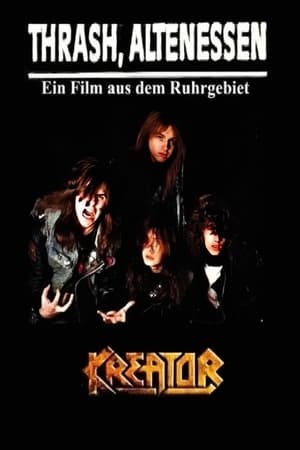 8.0
8.0Thrash, Altenessen(de)
Documentary focusing on the thrash metal band Kreator but also exploring the economic and social situation of Essen at the time.
 0.0
0.0Gangbé!(fr)
The Gangbé Brass Band, a musical group from Benin, sets out to conquer Lagos, capital of Nigeria.
 7.0
7.0Tupperware!(en)
The remarkable story of Earl Silas Tupper, an ambitious but reclusive small-town inventor, and Brownie Wise, the self-taught sales-woman who built him an empire out of bowls that burped. Brownie was an intuitive marketing genius who trained a small army of Tupperware Ladies to put on Tupperware parties in living rooms across America in the 1950s. She rewarded her sales force with minks and modern appliances at extravagant annual jubilees which the company filmed. her saleswomen earned thousands, even millions, selling Tupperware. And the experience changed their lives.
Finding Beauty In the Rubble(en)
In Japan, a survivor of the 2011 tsunami turns beach debris into gorgeous jewelry.
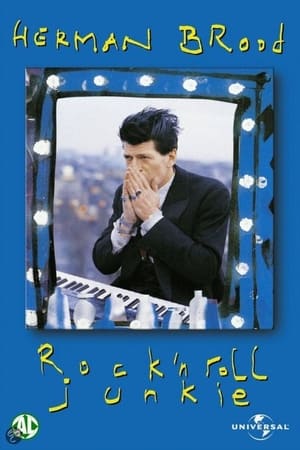 8.0
8.0Rock 'n Roll Junkie(en)
Rock 'n Roll Junkie is a documentary about the extraordinary life of dutch rock 'n roll myth and personification of sex, drugs and rock 'n' roll Herman Brood.
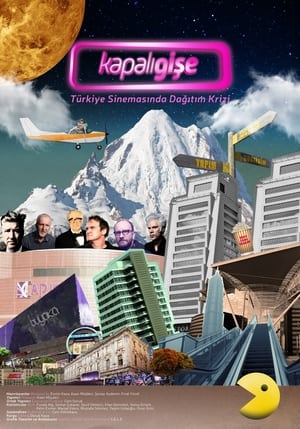 6.4
6.4Only Blockbusters Left Alive: Monopolizing Film Distribution in Turkey(tr)
Turkish film industry has been experiencing a breakthrough in the last ten years. According to 2015 figures, there is a bold uptrend in terms of viewers and film production. Yet without any regulations at work, this growth only made injustices in distribution bigger. While a single cinema chain controls more then 50% of the market, it also started to control distribution and production. In this monopolized environment, there seems to be no country for independent production. With the guidance of producers, distributors, and economists, the film traces the distortion created by the bad economy that has become an obstacle for freedom of choice.
Attention!(en)
A 32-year-old PhD candidate Onur finds himself in a dilemma whereby he needs to make a decision between doing paid military service and serving the army for 6 months. Throughout this decision making process Onur not only questions the ethical and political aspects of the choice he will make, but also the compulsory military system in his country. He has only 2 months to decide. Will he go or pay?
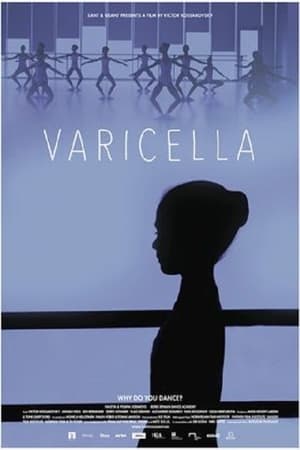 0.0
0.0Varicella(ru)
Seven-year-old Polina and her 13-year-old sister Nastia live and breathe ballet. Both of them are studying at the Boris Eifman Dance Academy in frigid Saint Petersburg. They’re currently awaiting their grades to find out if they’ve done well enough to be promoted to the next year, with Nastia lovingly guiding he little sister through the process. But in the meantime, Nastia also has to deal with the high demands that the academy places on its students. The gorgeously styled shots are sometimes calm, even clinical, and sometimes warm, lively and funny.
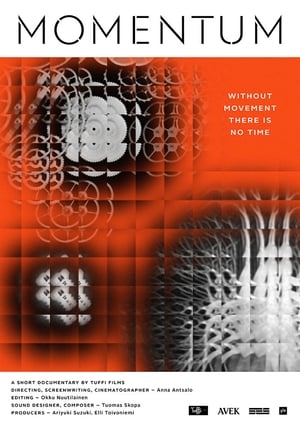 6.0
6.0Momentum(en)
In Finland, a small child is waiting for his time to begin. His heart is broken. A major heart surgery is expected. There is a fight against time. The boys parents are wandering in the corridors of the hospital. The heart is stopped during the surgery operation. Le Locle, a village in Switzerland acts as the heart of watch industry. Narrow streets of the village carry vital parts to watches and nowdays also into human bodies, for example pacemakers. Village is formed as a big factory line and appears as a time-twisting machine. There pieces are refined and workers hands turns the time on and off.
